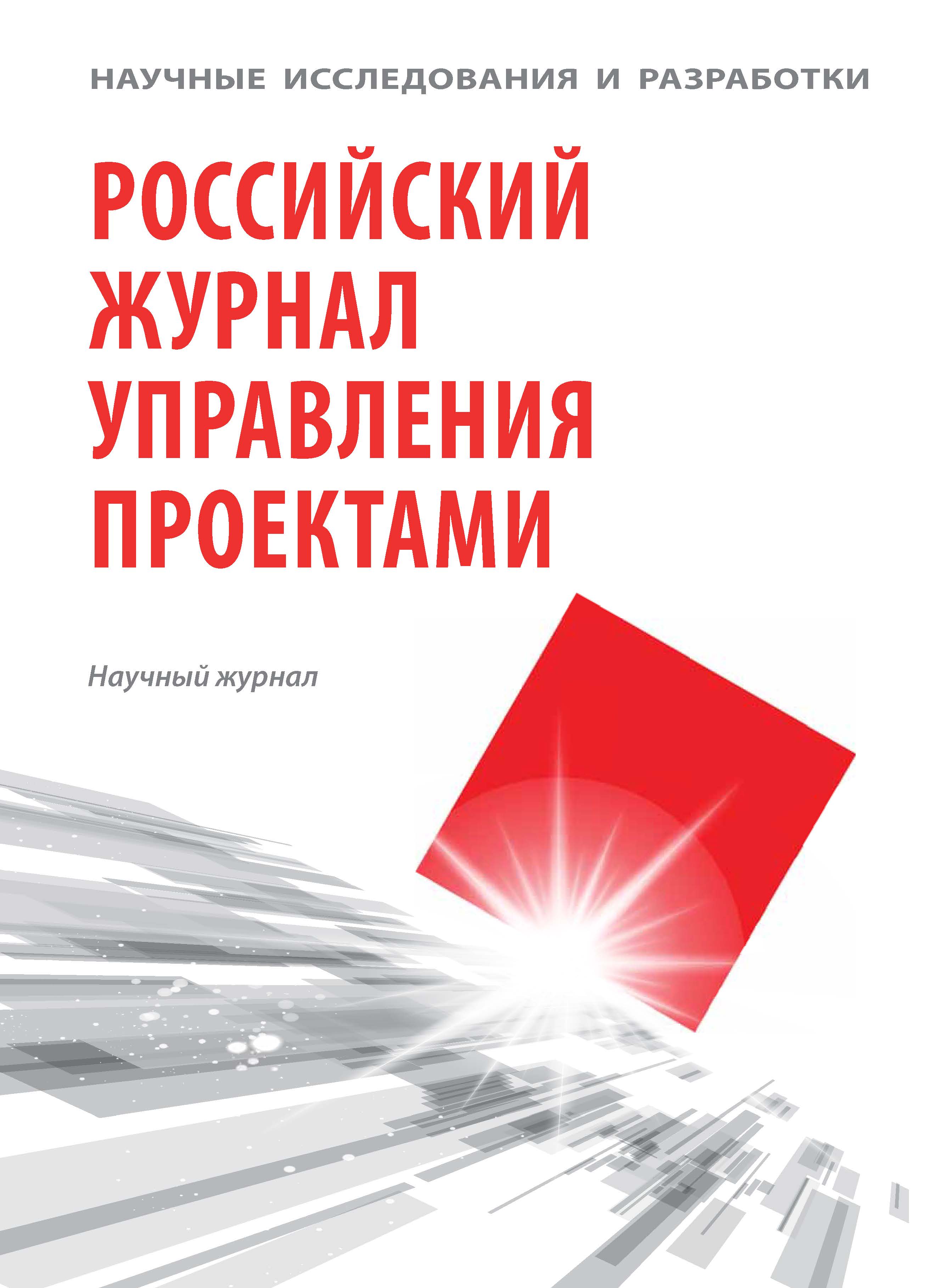Moskva, Moscow, Russian Federation
Russian Federation
Russian Federation
Russian Federation
Russian Federation
The authors proposed a project for the introduction of an unmanned aerial vehicle for monitoring pipeline routes in order to promptly detect gas leaks and prevent violations of security zones and minimum distances from gas transport facilities. In the course of the research, the criteria for selecting the necessary equipment were determined, the economic and financial indicators of the project implementation were assessed, the project risks were assessed, the analysis of environmental, technogenic and socially significant indicators of the project was carried out. The implementation of the project will prevent serious accidents of a man-made or environmental nature by premature detection of natural gas leaks, reduce costs and time in comparison with ground-based control methods, reduce the influence of the human factor on the results of monitoring by automated systems of an unmanned aerial vehicle.
unmanned aerial vehicle, UAV, pipeline monitoring, innovative technologies, risk assessment, evaluation of economic efficiency of projects, oil and gas industry.
1. Gandurin V.A., Poberezhnik F.V., Ivanov D.Ya. The task of planning the flight of UAVs and UAVs // Materialy vserossiiskoi nauchno-tekhnicheskoi konferentsii «Superkomputernye tekhnologii «SKT-2018». 2018. pp. 136-140. (in Russian)
2. Airoyan Z.A., Korkishko O.A., Sukharev G.V. Monitoring of oil trunk pipelines using unmanned aerial vehicles // Inzhenernyi vestnik Dona. 2016. no. 4. pp. 1-8 (in Russian)
3. Greenpeace Russia Available at: http://www.greenpeace.org/russia/ru.
4. Chistyakov D.A., Nechaeva O.A. Environmental monitoring of oil and oil product spills using aircraft // Novaya nauka: problem i perspektivy. 2016. pp. 18-22. (in Russian)
5. Chashchina E.V. Review of the study of unmanned aerial vehicles for environmental monitoring // Ekologicheskaia bezopasnost v tekhnosfernom prostranstve sbornik materialov Tretei Mezhdunarodnoi nauchno-prakticheskoi konferentsii prepodavatelei molodykh uchenykh i studentov. 2018. pp. 197-200. (in Russian)
6. Zhuzhgov Yu.V., Kalach E.V. Brief description of UAVs used for aerial monitoring of oil and gas facilities // Pozharnaia bezopasnost problemy i perspektivy. 2018. pp. 1025-1028. (in Russian)
7. Sharafutdinov A.A., Imamutdinov S.A., Mukhametyanova A.N., Tabuldina A.T., Mannanov T.A. The use of unmanned aerial vehicles for remote monitoring of the environment // Setevoe izdanie «Neftegazovoe delo». 2018. no. 2 pp. 99-116. (in Russian)
8. Anikaeva A.D., Martyushev D.A. assessment of the potential of the use of unmanned aerial vehicles in the oil and gas industry // Nedropolzovanie. 2020. no. 4. pp. 344-355. (in Russian)
9. Shikhmagomedova S.M. The use of unmanned aerial vehicles in the oil and gas industry // MNIZH. 2017. no. 6-2 (60). pp. 48-50.
10. Koptev S.V., Skudneva O.V. On the possibilities of using unmanned aerial vehicles in forestry practice // Izvestiia VUZov Lesnoi zhurnal. 2018. no. 1 (361). pp. 1-9. (in Russian)






